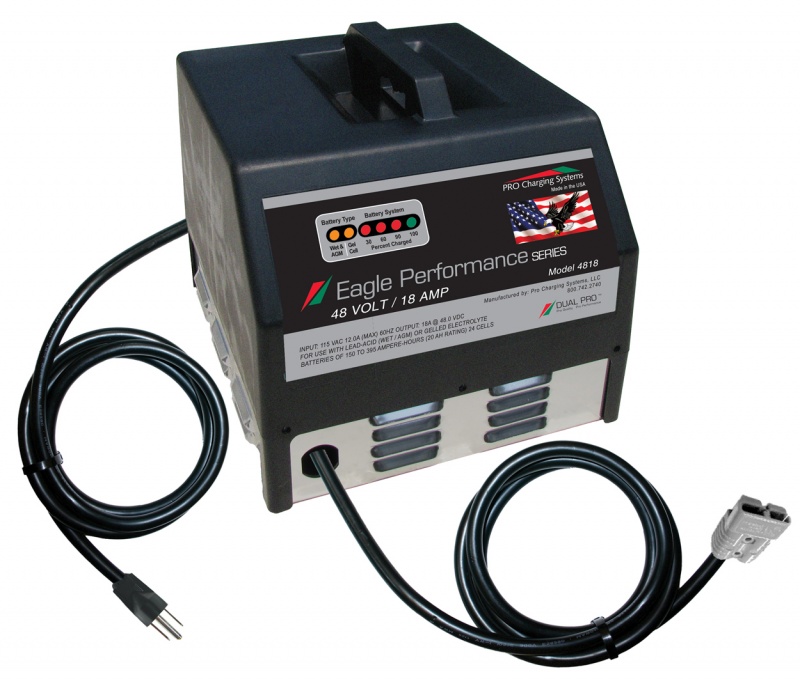

- #LITHIUM BATTERY CHARGER HOW TO#
- #LITHIUM BATTERY CHARGER DRIVERS#
- #LITHIUM BATTERY CHARGER PORTABLE#
- #LITHIUM BATTERY CHARGER SERIES#
The system can be disconnected from the battery to support transport modeįigure 6 shows NVDC charger charging curve operation.įigure 6: Li-Ion Charging Curve with NVDC Features. When the input power is limited, the battery can supplement the system. The system voltage closely follows the battery voltage to reduce the voltage stress of the system components. The system can start instantly, even with a low battery voltage. The third architecture is NVDC power path management, which is a common approach that has the following advantages over the previous two architectures: The second is the pass-through approach, which uses external switches to manage the battery charging and system paths. The first architecture connects the battery directly to the system supply, and requires the battery voltage to reach the minimum system voltage to operate. This ensures that the system receives the required current while using excess charge to charge the battery.įigure 5: Battery Charger System Architecturesĭepending on the battery charger features, there are three typical architectures. The power path management control loop adjusts the battery charge current dynamically, based on the input source current capability and the system load current requirements. For example, the system often has to adjust battery charging current according to the battery temperature.įigure 4: Various Control Loops in Battery Charger IC Power Path Management Not only do they need to manage the input voltage and current, they must also manage the system’s power, battery charging current and voltage, battery temperature, and other parameters (see Figure 4). Control LoopsĪ major challenge for battery management ICs is that they have multiple control loops. If the device is not charging from a USB port, it is recommended to use buck topology because the input voltage always exceeds the battery voltage. #LITHIUM BATTERY CHARGER SERIES#
For example, for batteries in series (maximum VBATT ≥ 8.4V), use boost or buck-boost topology. If the device is charging via the USB port, it must always support 5V operation. If USB-PD is supported, this can be increased to 20V at 5A
USB Type-A: Usually 5V at a 1.5A maximum, this USB type can support fast charging (among other standards) up to 12V. #LITHIUM BATTERY CHARGER PORTABLE#
These considerations are described in further detail below: Topologyīattery charger system designers must choose the topology based on input voltage range, battery configurations, charging currents, and other system-level priorities (see Figure 3).įor example, most portable devices charge from a USB port. Figure 2 shows the four main considerations when selecting a solution.įigure 2: Battery Charger Design – Key Considerations It seems simple, but there are many parameters to consider when choosing a battery charging solution. Figure 1 shows the charging curve of a typical lithium-ion battery.įigure 1: Lithium-Ion Battery Charging Curve The charging process can be divided into four different stages: trickle charge, pre-charge, constant-current charge, and constant-voltage charge.
#LITHIUM BATTERY CHARGER HOW TO#
How to Charge Lithium-Ion Batteriesįirst, let’s analyze the Li-ion battery charging process. It is important to efficiently charge Li-ion batteries for maximum use. For example, most mobile phones rely on a Li-ion battery for longer runtimes, portability, and convenient charging. Nowadays, Li-ion batteries are utilized in all aspects of life for most consumers since they make electronic devices lightweight and long-lasting. Goodenough, considered the father of lithium-ion (Li-ion) batteries, became the oldest Nobel Prize winner when he was awarded the Nobel Prize in Chemistry in 2019 for his pioneering work. Switching Converters and Controllers AECQ Grade.
#LITHIUM BATTERY CHARGER DRIVERS#
BLDC Pre Drivers and Integrated Solutions. Battery Management System: Monitor & Protection. 

Digital Isolators with Integrated Power.Multi Phase Controllers & Intelli-Phase.







 0 kommentar(er)
0 kommentar(er)
